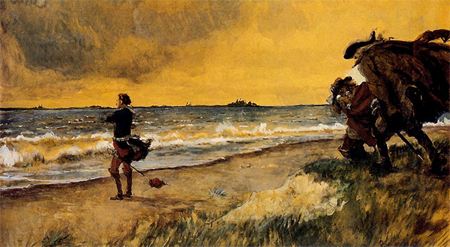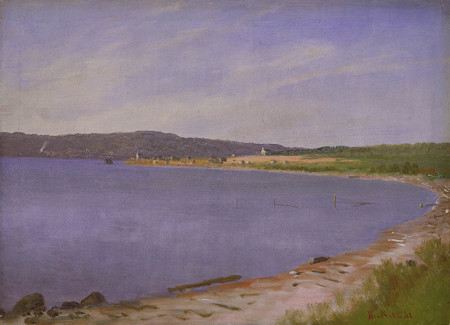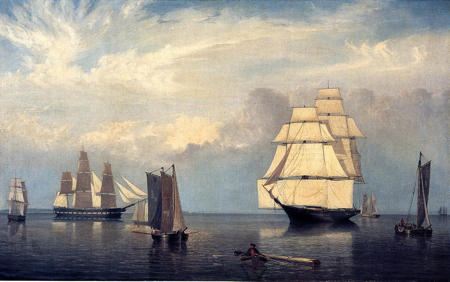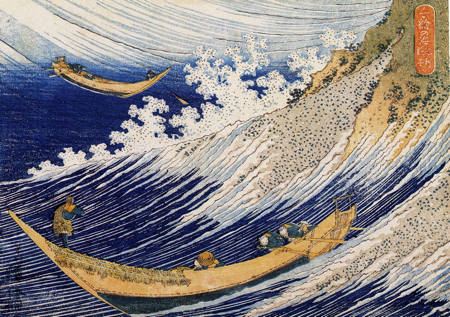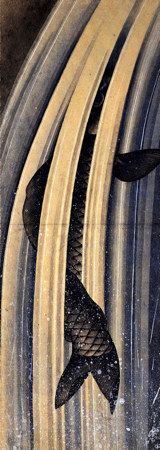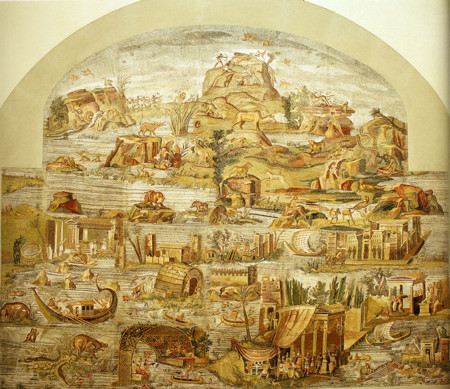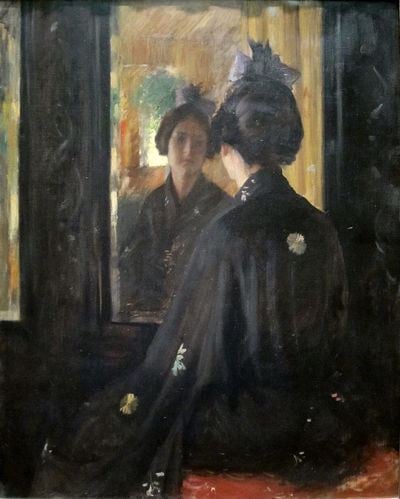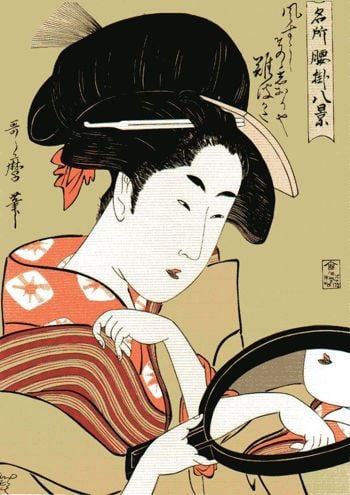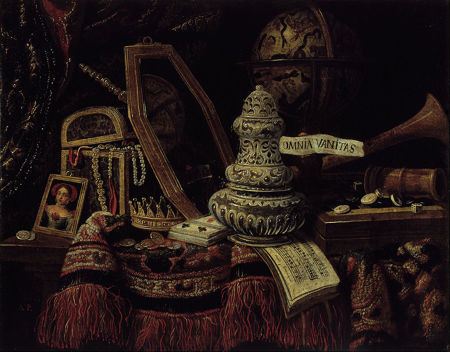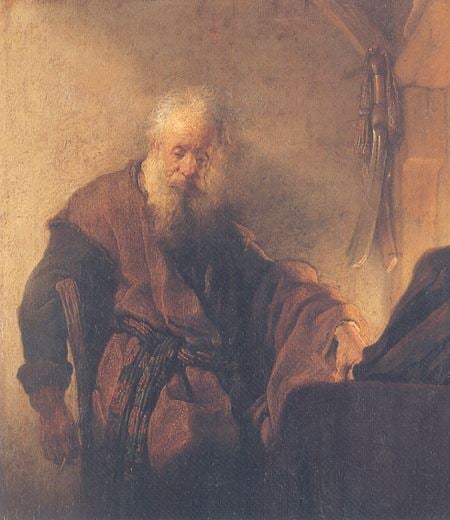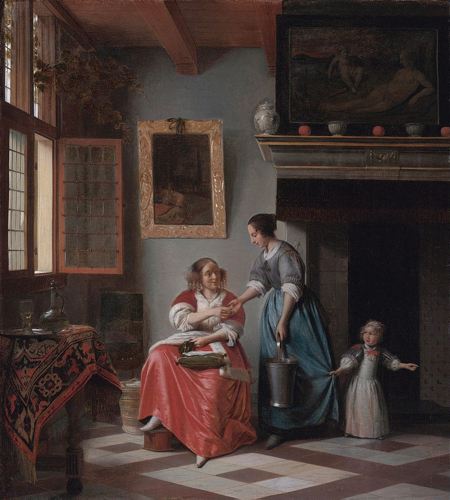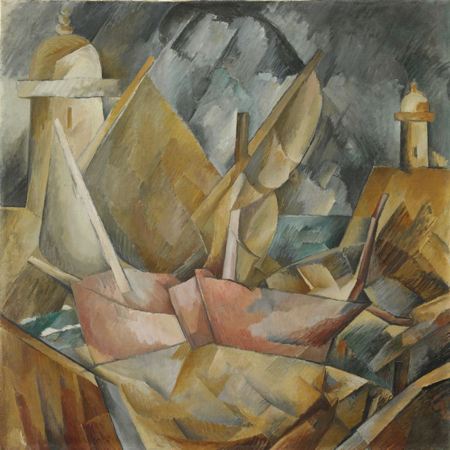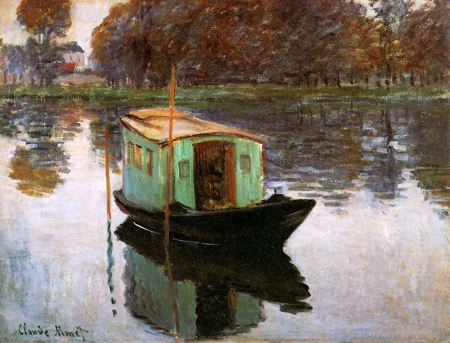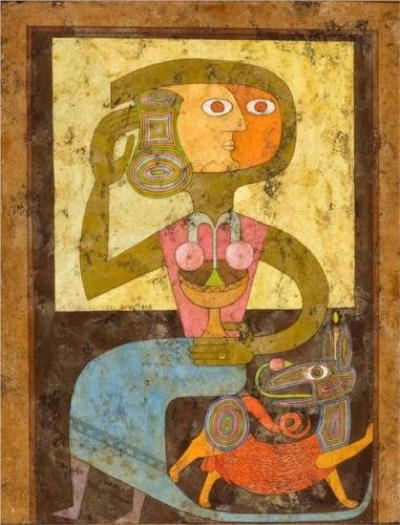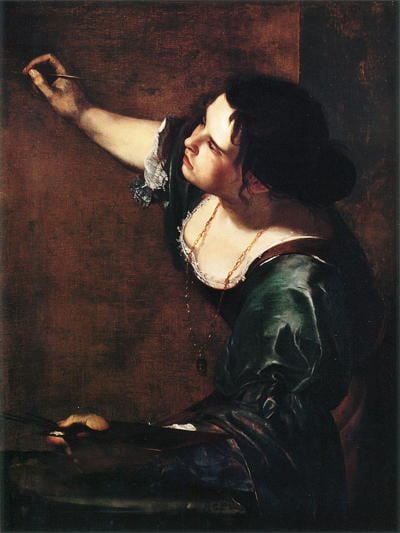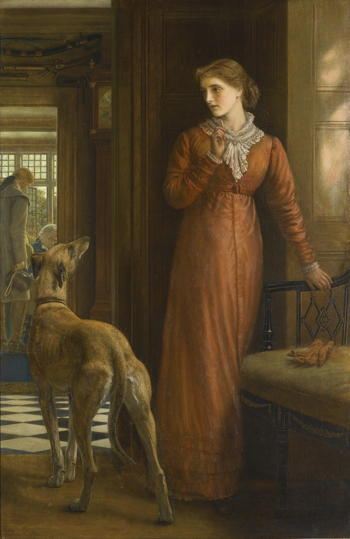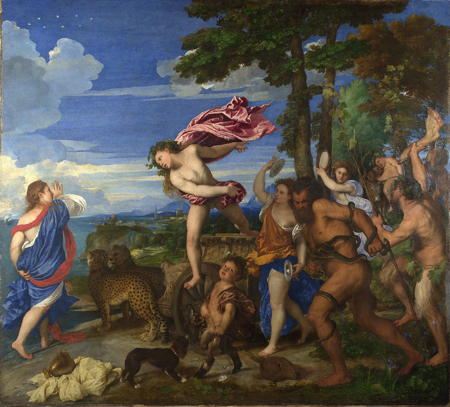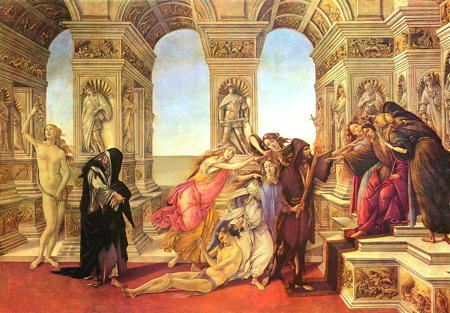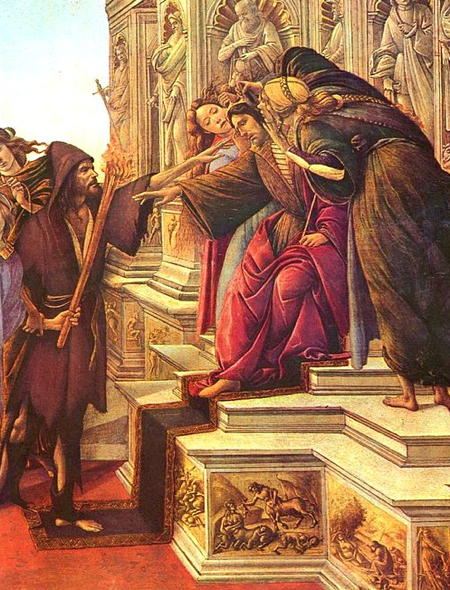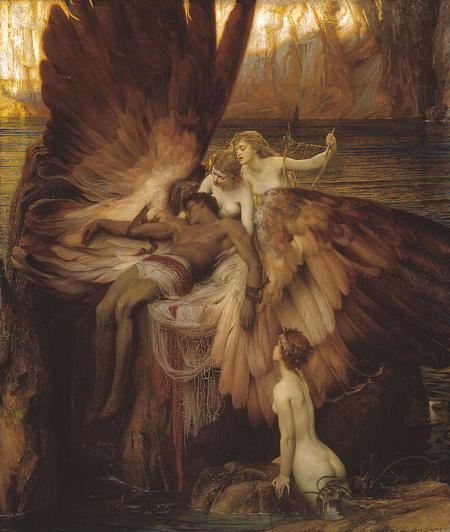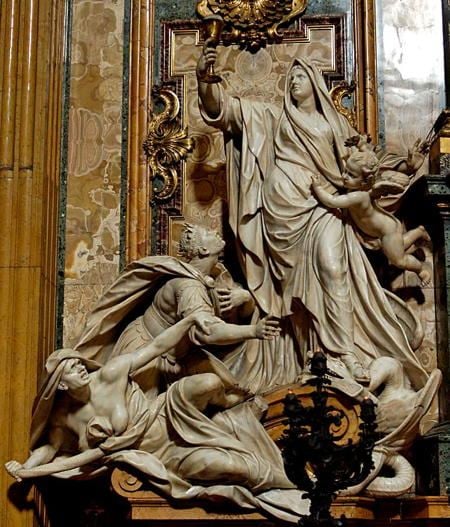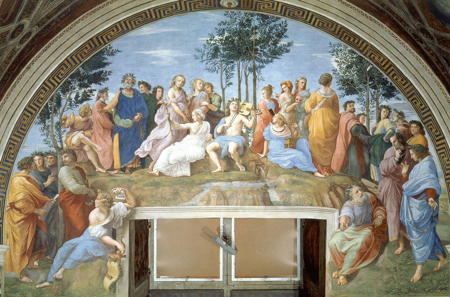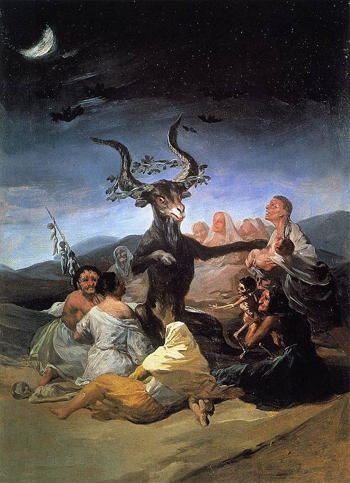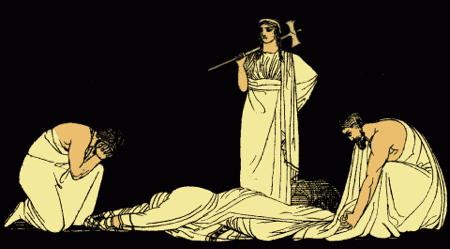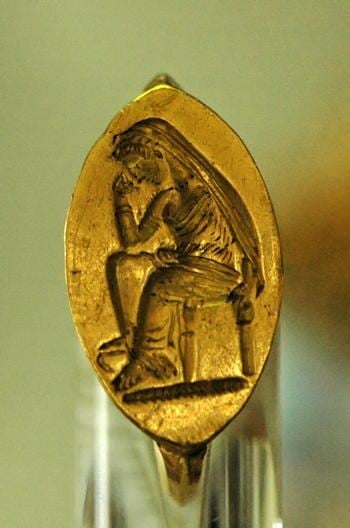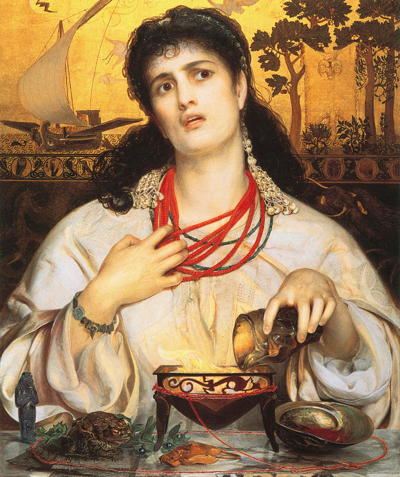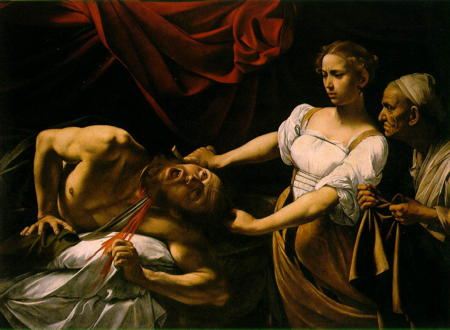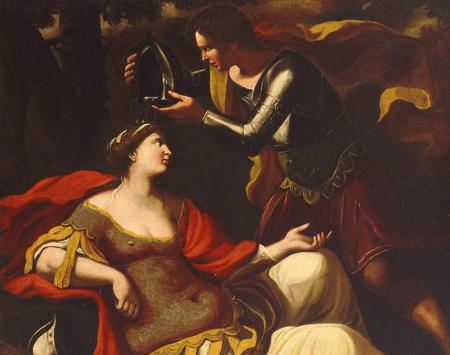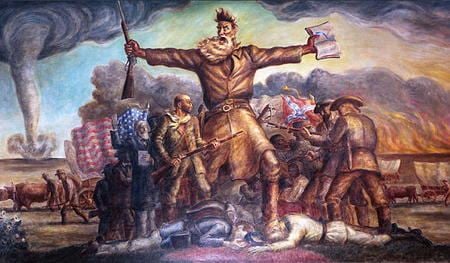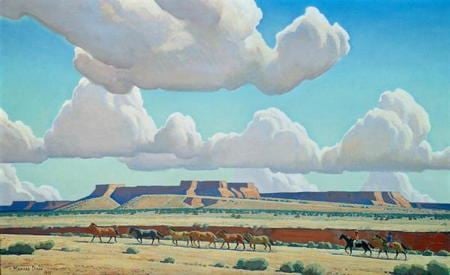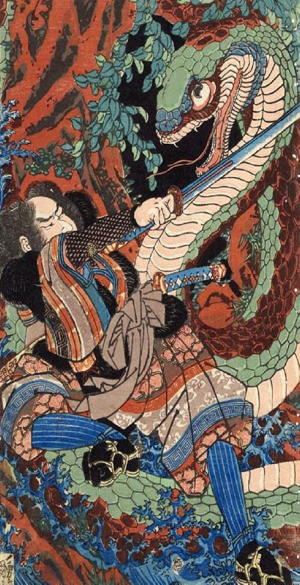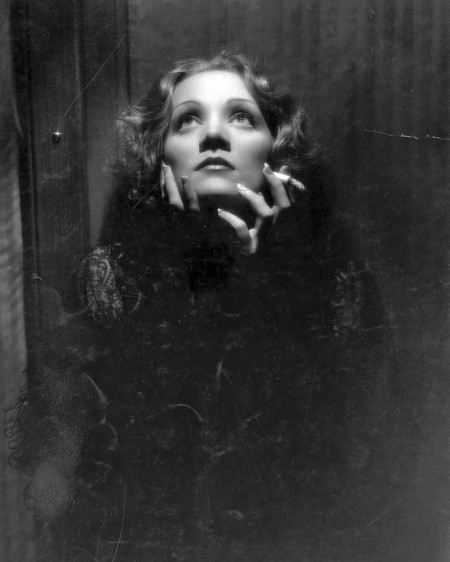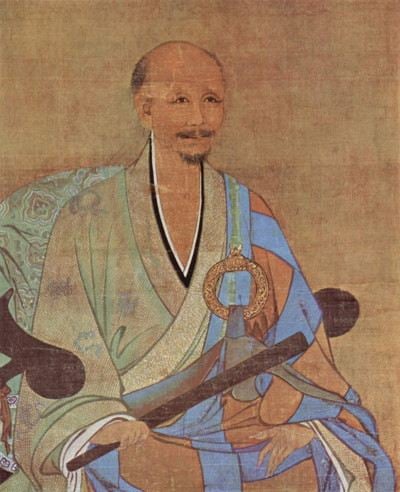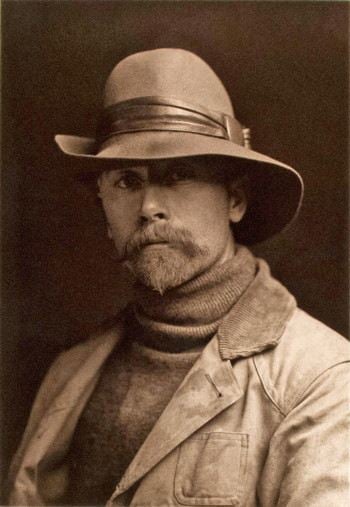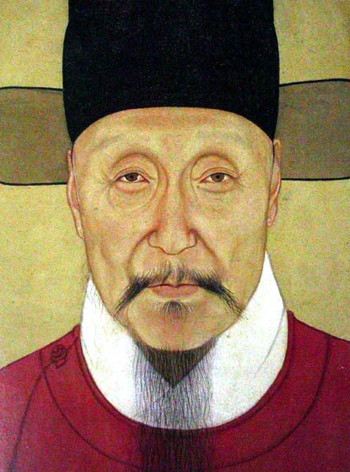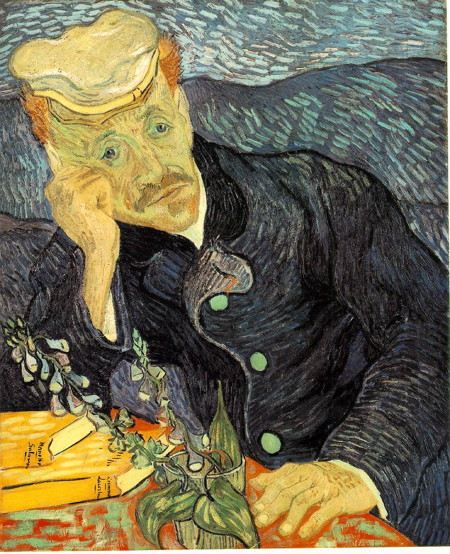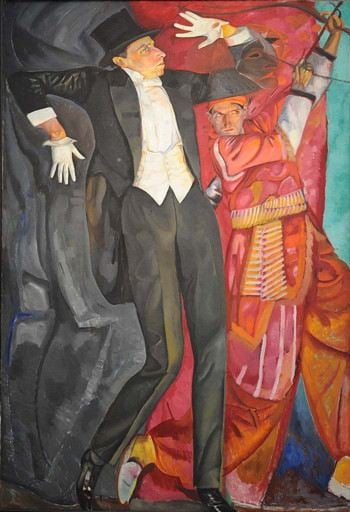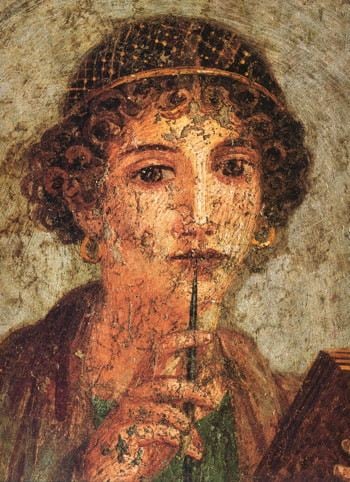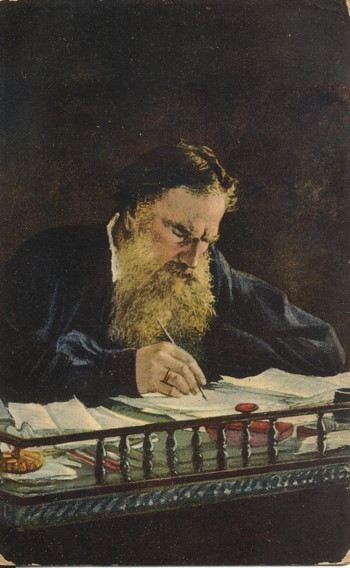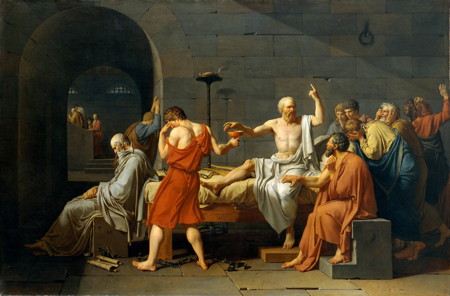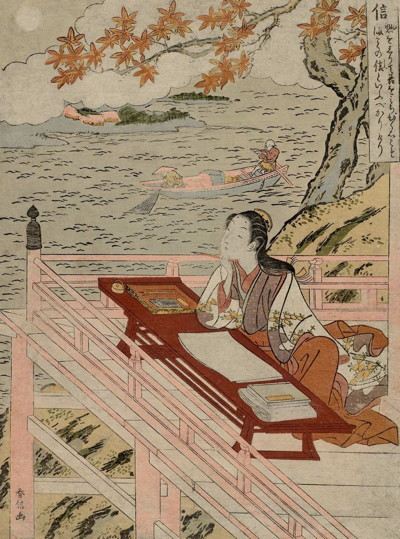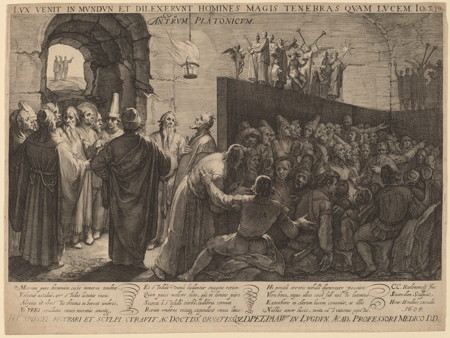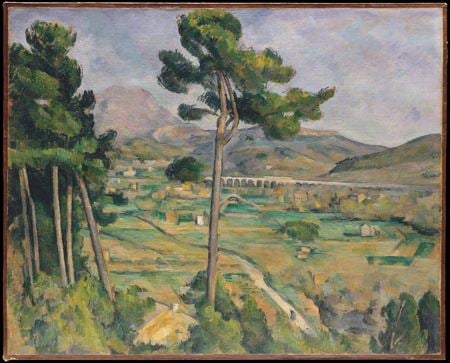Candide, “Best of All Possible Worlds”
Leonard Bernstein and Richard Wilbur
“Loquebantur variis linguis”
Thomas Tallis
Tallis Scholars
“Dante’s Prayer”
Loreena McKennitt
“Quiet Please”
Sidney Bechet
Time and Thought
The Seashore
Leon Dabo
https://commons.wikimedia.org/wiki/File:Dabo_-_The_Seashore.jpg#/media/File:Dabo_-_The_Seashore.jpg
I often suggest to students that real scholarship is thought (serious, focused thought) conducted over time. Not just scholarship, though, but much of life revolves around thought conducted over time, of listening carefully and observing closely. In a seascape, or a landscape, like the one above the painter has to look and let the impressions of what is seen wash over her, to create an impression of the sea inside the painter that the painter than puts time and energy into getting onto the canvas. The philosophies by which we live our lives ought also to be a product of time and thought. But often it is not. It is important to consider how we ought to respond in certain situations before those situations arise so that we are grounded in something more substantial than an impulsive emotional response to a crisis. In the songs above there is the philosophy of Dr. Pangloss from the Leonard Bernstein musical based on Voltaire’s novel Candide. It is a simplistic superficial philosophy that makes whatever is, the best that could be. Far from being a philosophy it is a justification for the human desire to avoid the responsibility to address the evils seen in the world around us. If confronting evil is too difficult a task than I need to redefine it into something good so that I can turn and walk away from it. Or as Alexander Pope put it:
“All Nature is but art, unknown to thee
All chance, direction, which thou canst not see;
All discord, harmony not understood;
All partial evil, universal good.”
I think Pope tries to hedge a bit with the phrase “partial evil,” but “evil” is “evil” whether it contains within it (as it often does) elements that are if not “good” (though they may be) are at least morally neutral. I enjoy Pope’s poetry, but I have always found this passage disturbing.
A Miracle of St. Nicholas of Bari
Gentile da Fabriano
The words being sung in the second song are, “The Apostles spoke in many languages of the great works of God, / as the Holy Spirit gave them the gift of speech, alleluia. / They were all filled with the Holy Spirit and began to speak.” Tallis’ song suggests that God gave the apostles not just the power to speak, but the words to speak as well so that they could be clearly understood by all. The third song revolves around a prayer, another kind of thought carried out over time. That it is Dante’s prayer tells us other things that will be lost on those that do not have a literary education (and this being the 750th year of Dante’s birth should give us all a reason to learn more about him, “‘. . .With This Really Ragged Notion You’d Return. . .’,” “Dante Turns Seven Hundred and Fifty”). The final song is “Quiet Please” and evokes the need for quiet (in spite of the raucous nature of the song) in order to think or concentrate. Ours is a noisy time and all the noise is not audible, it cannot all be heard, it is the little distractions that fill our time, the noises in our minds that unsettle us, that demand we make a little noise ourselves or walk aimlessly about in search of other lonely voices.
On a Deserted, Wave-Swept Shore
Peter Benois
https://commons.wikimedia.org/wiki/File:Peter_benois.jpg#/media/File:Peter_benois.jpg
Joyce Carol Oates wrote an article recently, “Inspiration and Obsession in Life and Literature”, about the importance of language, the reading of difficult books and poems and essays and the like, and asks why we write and where inspiration comes from. The article discusses the way we learn and remember and the power of language. It is through language that we know ourselves, define ourselves. Part of our self identity involves finding the words that describe us; it might be our occupation, some aspect of our interests or aspirations (one sees themselves as a painter, poet, cabinet maker before one does the work of becoming one), or the place we call home, or more likely some combination of all of these and other things. But it is also through language and what we use language to build and create that we define ourselves as a people, not just as a nation, but as species. And the proper use of language, whether for identify or something else, requires time, contemplation, and an adding together of things. She also points to the hippocampus, that part of the brain that houses our long-term memory. It is in the hippocampus that the words that tell our stories as individuals, as a culture, as a species are housed or at least the thoughts, ideas, events, and impressions that provoke those words. It is where the idea of who we are lives, what the words we use seek to define. She concludes her essay with this:
Without the stillness, thoughtfulness, and depths of art, and without the ceaseless moral rigors of art, we would have no shared culture—no collective memory. As if memory were destroyed in the human brain, our identities corrode, and we “were” no one—we become merely a shifting succession of impressions attached to no fixed source. As it is, in contemporary societies, where so much concentration is focused upon social media, insatiable in its fleeting interests, the “stillness and thoughtfulness” of a more permanent art feels threatened. As human beings we crave “meaning”—which only art can provide; but the social media provide no meaning, only this succession of fleeting impressions whose underlying principle may simply be to urge us to consume products.
The motive for metaphor, then, is a motive for survival as a species, as a culture, and as individuals.
This evokes the words Tallis set to music. The words that come from our memory also came from somewhere; they had an origin in something before they became the touchstones of our cultures and our imaginations. Tallis called that something the Holy Spirit, others call it other things; Harold Bloom calls it the “daemon,” but whatever we choose to name it, it is something powerful, and we would not be who we are without it. We can thank the hippocampus for remembering the words, the stories, the ideas, but it is not their origin. The cupboards do not create what is stored in them; they only house it. But that something inside us which creates and interprets understands that the art not only comes from somewhere but that it fuels our imagination when we tell stories or share ideas and fuels the imagination when we read and make what sense we can of what we read.
“A Pilgrim’s Solace: No. V. Shall I Strive With Words to Move”
John Dolwand
Julian Bream, Golden Age Singers & Margaret Field-Hyde
“In My Reply”
Livingston Taylor
Linda Ronstadt
“Epistrophy”
Thelonious Monk
William Giraldi wrote recently about the importance of books, “Object Lesson”, and the meaning they have for us, not just because of the words they contain and that we go on to read, but as physical objects in and of themselves. There is something about books that those who value them desire. Even if they cannot read them (more from lack of time than from lack of desire) they are a joy to possess. I suggest to people on occasion that I have three kinds of books in my library, my passions, my aspirations, and my disappointments. The last are books that did not meet my expectations, but I keep them because I hope that the problem is with me and where my mind was at when I first tried to read them, or with my personal growth, and that at some later date I will find the time to interact with them again and they will join my other passions. Giraldi’s essay begins:
Not long into George Gissing’s 1903 novel The Private Papers of Henry Ryecroft, you find a scene that no self-respecting bibliophile can fail to remember. In a small bookshop in London, the eponymous narrator spots an eight-volume first edition of Edward Gibbon’s The History of the Decline and Fall of the Roman Empire. “To possess those clean-paged quartos,” Ryecroft says, “I would have sold my coat.” He doesn’t have the money on him, and so he returns across town to his flat to retrieve it. Too broke for a ride on an omnibus, and too impatient to wait, he twice more traverses the city on foot, back and forth between the bookshop and home, toting a ton of Gibbon. “My joy in the purchase I had made drove out every other thought. Except, indeed, of the weight. I had infinite energy but not much muscular strength, and the end of the last journey saw me upon a chair, perspiring, flaccid, aching—exultant!”
I remember when I was in college hearing about a bookstore on the other side of Syracuse that had some remaindered paperback editions of some Old English prose and poetry. I made a pilgrimage similar to that of Ryecroft, I did not have a car and I did not know how to negotiate the bus lines, so I walked (not that this was that much of a sacrifice, I have always loved walking and these were paperbacks not weighty hardcovers). I found most of the things I wanted, but some things had sold out in the interim (I remember being a bit disappointed that the Beowulf was gone). I was learning Old English and I was “exultant” that I had these editions of poems but especially of the prose that were much harder to find in translation, let alone in Old English. I was especially excited about Wolfstan’s “Sermo Lupi.” My life has gone on to accumulate other attainments of a similar nature, a used facsimile edition of The Book of Kells (or at least excerpts), Tyndale’s translation of The Old Testament, a late eighteenth century edition of MacPherson’s Ossian poems of the Irish hero Finn MacCool (or Fionn Mac Cumhaill). It is a famous literary hoax; MacPherson claimed to have collected these stories from Gaelic speaking peasants from the Highlands of Scotland. The stories are actually Irish. They were exciting finds and the excitement that surrounds their purchase has become part of my literary experience of them. Giraldi finishes his essay this way:
I feel for Salter’s anxiety, and I agree with Burgess when he wrote, commenting on those delectable editions produced by The Folio Society in London: “We have to relearn pride in books as objects lovely in themselves.” But allow me to assure you of this truth: Like the bicycle, the book is a perfect invention, and perfection dies very, very hard. The car hasn’t murdered the bike, and the Web won’t murder the book. There are innumerable readers for whom the collecting of physical books will remain forever essential to our selfhoods, to our savoring of pleasure and attempted acquisition of wisdom, to our emotional links with our past and our psychological apprehension of others—essential not just as extensions of our identities but as embodiments of those identities. Books, like love, make life worth living.
The reading of books, the serious reading of books, is one of those activities that demand time and thought from the reader. That the possession of these books means so much illustrates how important reading, reflection, and the exercise of the imagination are for some of us. Old books have rarely made one rich, they are not like antiques that generally increase in value. Though there are books, like a Shakespeare folio (it doesn’t even have to be a first folio to have value), that will command large sums of money, but most old books will never be worth much. There was a time when they were very valuable and highly prized, but like the tulip, they will no longer found a fortune.
Shipwreck of Hugh de Boves
Matthew Paris
https://en.wikipedia.org/wiki/Marine_art#/media/File:Shipwreck_Hugh_de_Boves.jpg
In another article, “The Virtues of Difficult Fiction” by Joanna Scott, the value of reading books that are not easily read is discussed. This is a large part of the value of these books to those that read them; they demand an investment of time, some effort of thought and of imagination that is amply repaid. Our investments say a lot about who we are individually and collectively as a people. Books are living things and those that read them often form relationships with these books. As with any relationship they require an investment of time, we have to devote thought and attention to the beloved. It is what makes a relationship worth fighting for and worth preserving. The time spent cultivating it yields its rewards. Scott says of reading and the purpose it serves:
In a recent profile in The New York Times Magazine, Toni Morrison was asked about the purpose of fiction. A good story, she said, results in “the acquisition of knowledge.” This is the case that must be made for fiction if the genre is going to survive as an art. Fiction gives us knowledge. Of what? If the goal is to document our time and place, nonfiction and film offer more dependable accuracy. For intimate expressions of the human predicament, there’s poetry. If it’s immediate impact we want, there are the visual arts and music. Who needs fiction that requires readers to work to understand it?
The value of fiction was clear to Virginia Woolf, who argued that nonfiction consists of half-truths and approximations that result in a “very inferior form of fiction.” In Woolf’s terms, reading ambitious fiction isn’t comfortable or easy. Far from it: “To go from one great novelist to another—from Jane Austen to Hardy, from Peacock to Trollope, from Scott to Meredith—is to be wrenched and uprooted; to be thrown this way and then that.” The illuminations that fiction offers are gained only with considerable effort. “To read a novel is a difficult and complex art,” Woolf wrote. “You must be capable not only of great fineness of perception, but of great boldness of imagination if you are going to make use of all that the novelist—the great artist—gives you.” When we read actively, alertly, opening ourselves to unexpected discoveries, we find that great writers have a way of solidifying “the vague ideas that have been tumbling in the misty depths of our minds.” For Woolf, fiction provides an essential kind of knowledge that can only be acquired by careful reading.
The knowledge gained is not about how the universe works as a machine, about the rules, theories, and laws that govern the physical universe, it is knowledge of that other universe the one that cannot be seen through telescopes, the one inside each of (as Donne says, “I am a little world made cunningly / Of elements and an angelic sprite”), but that must be studied and understood if as a species we are ever to live together in peace; if we are to ever understand each other.
San Francisco Bay
Albert Bierstadt
Scott makes another important point in her article. She begins by pointing out that Literature is different from every other art form. She writes:
Among the arts, literature faces a special challenge. To look at a film, a painting, a play, an audience has to be able to see. To listen to music, an audience must be able to hear. To read, an audience must be literate. This begins when a child learns to match phonemes to letters and then to grasp the implications of grammar. Reading levels are identified as stages, from emergent to fluent. As dedicated students of literature know, fluency is only the beginning of a never-ending education. The world’s library is vast. There will always be something somewhere that will invite a new kind of attention from even the most experienced reader.
It is difficult to truly appreciate a piece of music if it is only heard in the background as we do other things, if it is only a pleasant noise that helps drown out some of the unpleasant noises. Equally it is difficult to fully appreciate a painting if it is just a desktop image that is pleasing to the eye whose real function is only to make the workspace a bit more pleasant to look at while we work on other things. But that said, it is possible to discipline ourselves to listen closely to a piece of music such that we can be enriched by it, and though with some additional education we will come to hear other things and appreciate other things about the music, we do not need additional education to be moved by Mozart, Bach, or Duke Ellington. The same can be said of visual arts like painting, anrchitecture, and sculpture and artists like Rembrandt, Michelangelo, or Frank Gehry. We may see more in them with training but we can be deeply moved by them without training. The same cannot be said of literature, especially literature that demands more from us as readers.
Dazzle-ships in Drydock at Liverpool
Edward Wadsworth
Scott says later in the article, “Careful reading is difficult because it demands continuous learning. We have to work to learn new methods of reading in response to new methods of writing.” We have to be educated to begin to read and we need to continuously revise and “update” our skills if we are to be able to continue to read well (though we may choose to limit ourselves to the “Old Masters” such as Tolstoy and Dickens and the like). Of course this is true of music and the visual art as well. To a certain degree, we do not listen to jazz in quite the same way we listen to classical music or to Mozart in quite the same way we listen Schonberg. The painting above also illustrates how the way we see can be “toyed” with. The dazzle ships look odd and a bit garish in dry dock, but on the open sea it was difficult to know for certain what you were looking at or to fix the ships exact location.
Salem Harbor
Fitz Henry Lane (formerly Fitz Hugh Lane)
But language and the books that contain it have a value that cannot be measured. It is difficult to imagine for some in this day when the Humanities are less highly valued and much of education is being reduced to that which can be easily (and sometimes not so easily) measured and quantified. It can be difficult to imagine the value that was once placed upon a “classical education” even by those we do not often think of as hungering for this sort of thing. Edith Hall in “Classics for the people – why we should all learn from the ancient Greeks” writes about the value that the study of the classics of Greek and Roman literature and the whole of a classical education had for the working people of Britain once upon a time. The article discusses the books themselves and the power they possess and the value of learning the original languages in which they were written so that they could be more fully understood and appreciated, but she also writes about how working people had access to libraries provided by churches, scholars (that usually came from a working background), and businesses. She talks about the importance of these libraries to those that used them:
The 109 libraries of the South Wales coalfield are a wonder of labour history, and the books really were taken out. At Ebbw Vale, each reader borrowed an average of 52 volumes a year. The “Condensed Accessions Book” of Bargoed Colliery Library details its holdings by 1921-2. Texts in Latin and Greek are absent: until 1918 almost all miners had left school on their 13th birthday. But the “alternative classical curriculum” of the miner was wide-ranging. He read translations and biographies such as JB Forbes’s Socrates (1905). He learned about the Greeks from HB Cotterill’s Ancient Greece (1913), the Egyptians from George Rawlinson’s Herodotean History of Ancient Egypt (1880), and mythology from several books by Andrew Lang.
This inspiring past of people’s Greek can help us to look forward. It is theoretically in our power as British citizens to create the curriculum we want. In my personal utopia, the ancient Greek language would be universally available free of charge to everyone who wants to learn it, at whatever age – as would, for that matter, Latin, classical civilisation, ancient history, philosophy, Anglo-Saxon, Basque, Coptic, Syriac and Hittite. But classical civilisation qualifications are the admirable, economically viable and attainable solution that has evolved organically in our state sector. Classicists who do not actively promote them will justifiably be perceived as elitist dinosaurs.
These books were read and studied because they had value, not monetary value necessarily (and these were people who had real need of money), but they had value, enough value that people who worked long hard hours in the mines would put in more long, hard hours developing their intellect and imagination. There is a joy that comes from being well read that well-read people know and it is a real joy. Where the hours in the mine provided what was needed to feed and house the body, the hours spent in the libraries fed the intellect, the imagination, and the spirit. To be a full person, to fully live, we need to feed and nurture all aspects of our personhood.
Ocean waves
Hokusai
James McWilliams points out another reason why the Humanities and Humanist scholarship is important in “On the Value of Not Knowing Everything”. He points out that the Humanities keep “wonder” alive and wonder keeps us engaged with the universe and the world in which we live:
The marvel that stopped us in our tracks—an aurora borealis, cognate words in languages separated by continents and centuries, the peacock’s tail—becomes only an apparent marvel once explained. Aesthetic appreciation may linger…but composure has returned. We are delighted but no longer discombobulated; what was once an earthquake of the soul is subdued into an agreeable frisson.… The more we know, the less we wonder.
Once the wonder passes, that is the wonder has been explained, we start taking for granted again the “wonders” that surround us. In one of the Sherlock Holmes stories Sherlock makes some deductions that amaze his client. The client asks Holmes how he figured all this out. Holmes says that if I explain it to you it will no longer amaze you. The client suggests it would and wants to know. After Sherlock explains the deductive process the client says its not so surprising once you explain how it’s done. In some sense it is a magic trick that amazes us as long as we do not understand how the trick works. But once we know everything we need to know about something, whether it is the workings of the solar system or what makes the rain to fall, the wonder disappears. Understanding the mechanics of a thing deprives it of its ability to amaze. Afterwards, if we wonder at anything we wonder at those that figured it out.
Brundibar (Bumble-bee), Act II Scene 5: “Morning, People, Here’s a Bargain”
Hans Krasa
Gerard Schwarz, Music Of Remembrance and Northwest Boychoir
“If I Could Help Somebody”
The Blind Boys of Alabama
Chichester Psalms: “Psalm 23 – (Complete); Psalm 2 – (Verses 1-4)”
Leonard Bernstein
Israel Philharmonic, Soloist from the Vienna Boys’ Choir
Rejoice in the Lamb, “For I Will Consider My Cat Jeoffrey”
Benjamin Britten
Michael Hartnett, Jonathan Steele, Philip Todd, Donald Francke, George Malcom, and The Purcell Singers
From Tinker, Tailor, Soldier, Spy, “Part Three”
Paramount Television and BBC
George Smiley is a different kind of scholar. His looks and manner suggest a quiet, somewhat pedantic college professor. The work that he does is much more troubling. He is working for the good guys so that makes the more disturbing aspects of his work more palpable. But much of what he does involves invading people’s private lives, bullying, and taking advantage of others’ weaknesses. In in this clip he plays upon the woman’s, Connie’s, affections and disappointments. Once he has gotten what he came for he quietly disappears without waiting to listen to her final concerns. But how do we protect our way of life in a world so fraught with danger with so many threats to our way of life. Evil does exist in the world and can it be withstood by “sanitary” means.
Carp leaping up a cascade
Hokusai
The aria from the opera Brundibar is sung by the title character. He is a metaphor for Adolph Hitler disguised as an organ grinder. He is out to protect his territory and he bullies and threatens any who would encroach on his territory. Two fatherless children trying to earn money to help their sick mother by dancing to Brundibar’s music are attacked. Ultimately they win and the evil organ grinder is dispatched. The ultimate irony of the opera, though, is that it was performed (its second performance I believe) for the Red Cross in a special camp set up by Hitler to show the world that the Jews in Germany were not being mistreated. After making a film of the opera for Nazi propaganda everyone involved was sent to Auschwitz and killed. There is evil. The theologian Dietrich Bonheoffer joined a plot to assassinate Hitler even though involvement in such a plot violated his theological principals. What do we do when we find ourselves in situations where to be true to one set of beliefs requires us to abandon another set of beliefs. How does one remain “pure” in such a world? I do not think reading or the Humanities provides answers to problems such as these, but they raise the issues and confront us with them and compel us to give thought to these things and think through and consider what our responses will be when we are confronted by such situations. We want to believe “never again” but our experience of the world and its history suggests that this is not so.
In “Humanists Among the Machines” Ian Becock writes about Arnold Toynbee and his concerns over where science, technology, and reason were taking the world after World War I. There was great optimism that new advances would protect the world from anything like the Great War ever happening again. Toynbee was not so sure. Toynbee thought, “The problem with the Industrial System was that it didn’t know when to stop, pushing relentlessly into domains where it simply didn’t work.” He believed the Humanities could put a brake on such thinking, that it could remind us of the limitations of technology and the ability of our new technologies to change the human psyche. Becock believes:
It’s time for humanists to walk out on a limb. Like Toynbee, we should be as engaged in the world as we are courageous in our convictions. The humanities are most of all a moral enterprise, the pursuit of answers to big questions about how we live together and where we’re going. The stakes are high. We must remember how to speak the language of value, encouraging our readers and students to ask not simply ‘Is it more efficient?’ or ‘How much does it cost?’ but ‘Is it good or bad? For whom? According to which standard?’
The US novelist Ursula K Le Guin put it well in her speech at the National Book Awards in New York last year when she observed that we need ‘the voices of writers who can see alternatives to how we live now, and can see through our fear-stricken society and its obsessive technologies, to other ways of being’. This is what the humanities are for – not writing better quarterly reports or grabbing a gig in corporate communications – but for posing fundamental questions of value and helping us imagine alternatives to the way we live.
It is important to keep thinking and challenging the changes in our world when those changes are not “healthy for children and other living things” as we used to say not so long ago.
Nile Mosaic
Bernard Andrae
https://commons.wikimedia.org/wiki/File:Nile_Mosaic.jpg#/media/File:Nile_Mosaic.jpg
Helen Vendler in her new book The Ocean, the Bird, and the Scholar makes a distinction between a critic and a scholar. She sees herself as a critic and not as scholar. In her introduction she talks about taking over a survey course of Romantic Poets for a colleague who was not able to teach the course. She says that when the students submitted their review of her teaching of the course they said they learned a lot about individual poets and their poetry, but not much about the Romantic era and its historical significance or its shared themes, ideas, and vision. Jack Hanson in his review of the book, “Reading Poetry”, quotes Vendler:
(The critic’s) “learning” resembles the “learning” of poets, which, though deeply etymological and architectonic, is often unsystematic and idiosyncratic. She often fails at the most elementary undertakings of “scholarly” life, such as remembering facts, entering polemical debates, and relating works to the political and philosophical history of their era. She has—at least I have—no capacity for broad synthetic statements.
This to me is what the study of literature entails. There are other branches of the Humanities that enlighten us about those other things, but when we read Literature, the kind of Literature that rewards rereading and changes us over time as our experiences change the Literature and our relationship to it, it is to get at things that are more personal to us and, perhaps, the poet. Reading in this way changes us because it reveals ourselves to ourselves, aspects of ourselves we may have kept hidden or have never noticed.
Cants màgics: “IV. Misteriós”
Federico Mompou
Woods
George Winston
“Dance of the Infidels”
Keith Jarrett and Charlie Haden
“Requiem for John Hurt”
John Fahey
These last songs suggest other things about the Humanities and how they move in and out of one another. They suggest notions of belief and unbelief. They also weave out of one another and the traditions from which they come. I enjoy how Mompou’s Màgics makes an appearance in George Winston’s Woods. I like the folk blues sound of a classical form in Fahey’s “Requiem.” I enjoy how all these songs, though they come from different traditions have a “jazzy” feel to them. And this is something else that the study of Literature, music, and all the arts do for us; they reveal what connects one thing to another and one person, one nation, one culture to another. All the arts awaken wonder and self-knowledge and it is difficult to live as fully as we might if we are not open to wonder and the true self living inside us.
Taj Mahal
Charles W. Bartlett


